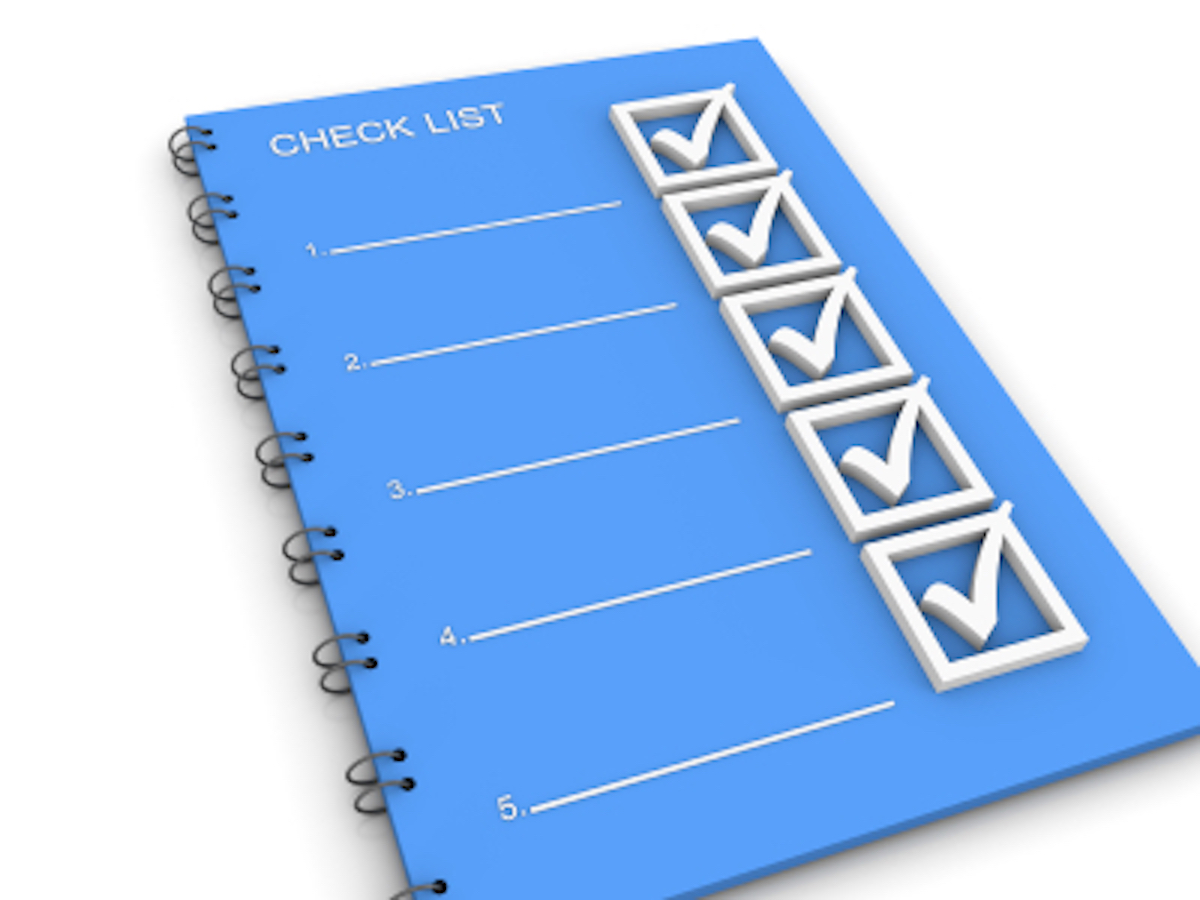In the competitive world of business, understanding your target market and competition is crucial for success. Market research and analysis provide the foundation for informed decision-making, enabling businesses to align their strategies with consumer needs and market dynamics. This article explores how to effectively conduct market research and analysis, complete with a practical example.
Why Market Research Matters
Market research helps businesses answer key questions:
- Who are our ideal customers?
- What are their preferences, needs, and behaviors?
- What are the current trends and demands in the industry?
- Who are our competitors, and what are their strengths and weaknesses?
By answering these questions, businesses can:
- Develop products and services that resonate with their audience.
- Identify opportunities for growth.
- Mitigate risks by understanding market dynamics.
Key Steps in Market Research and Analysis
1. Identify Your Ideal Customer Demographics
Understanding your target audience begins with identifying their demographics. These include age, gender, income level, education, location, and interests.
Example: A startup selling eco-friendly water bottles might target:
- Age group: 18-35
- Gender: All
- Income level: Middle to high income
- Interests: Sustainability, health, fitness
2. Analyze Market Trends and Demand
Keeping an eye on industry trends and customer demand helps businesses stay relevant and competitive. This involves:
- Monitoring changes in customer preferences.
- Identifying emerging technologies and innovations.
- Assessing the economic environment and its impact on purchasing power.
Example: The eco-friendly water bottle company might notice a growing trend of consumers seeking sustainable products. Google Trends shows an increase in searches for “eco-friendly bottles” over the past year, indicating rising demand.
3. Study Competitors’ Strengths and Weaknesses
Competitor analysis helps identify what others are doing well and where there’s room for differentiation. Key aspects to evaluate include pricing, marketing strategies, product features, and customer feedback.
Example: Competitors in the eco-friendly water bottle market might offer products made from recycled materials. Some may excel in aesthetics but lack innovation in functionality, such as insulation or spill-proof designs. This insight allows the startup to position itself uniquely.
Tools for Market Research and Analysis
Several tools and resources can aid in effective market research:
- Google Trends: Understand search trends and consumer interest over time.
- Industry Reports: Access insights from organizations like IBISWorld, Statista, or Nielsen.
- Competitor Analysis Tools: Use platforms like SEMrush, Ahrefs, and SimilarWeb to analyze competitors’ digital strategies.
- Social Media Analytics: Leverage insights from platforms like Instagram, Twitter, and Facebook to understand audience engagement.
Practical Example: Launching an Eco-Friendly Water Bottle Brand
Step 1: Identify Customer Demographics
- Demographics: Young professionals aged 25-35, environmentally conscious, urban dwellers.
- Psychographics: Interested in sustainability, willing to pay a premium for eco-friendly products.
Step 2: Analyze Market Trends and Demand
- Use Google Trends to identify seasonal demand peaks.
- Review reports from sustainability-focused organizations showing a 20% increase in consumer spending on eco-friendly products in the past two years.
Step 3: Study Competitors
- Research top competitors like Hydro Flask and S’well.
- Identify gaps: Many competitors lack affordable options that combine style and functionality.
Outcome: Based on the research, the startup designs a line of stylish, affordable, and highly functional bottles made from recycled stainless steel, targeting the mid-range price segment.
Do Market Research and Analysis Correctly
Market research and analysis are indispensable for any business seeking to thrive in a competitive landscape. By understanding your ideal customer demographics, analyzing market trends, and studying competitors, you can make data-driven decisions that position your business for success. Remember to leverage available tools and continuously adapt to changing market conditions.




